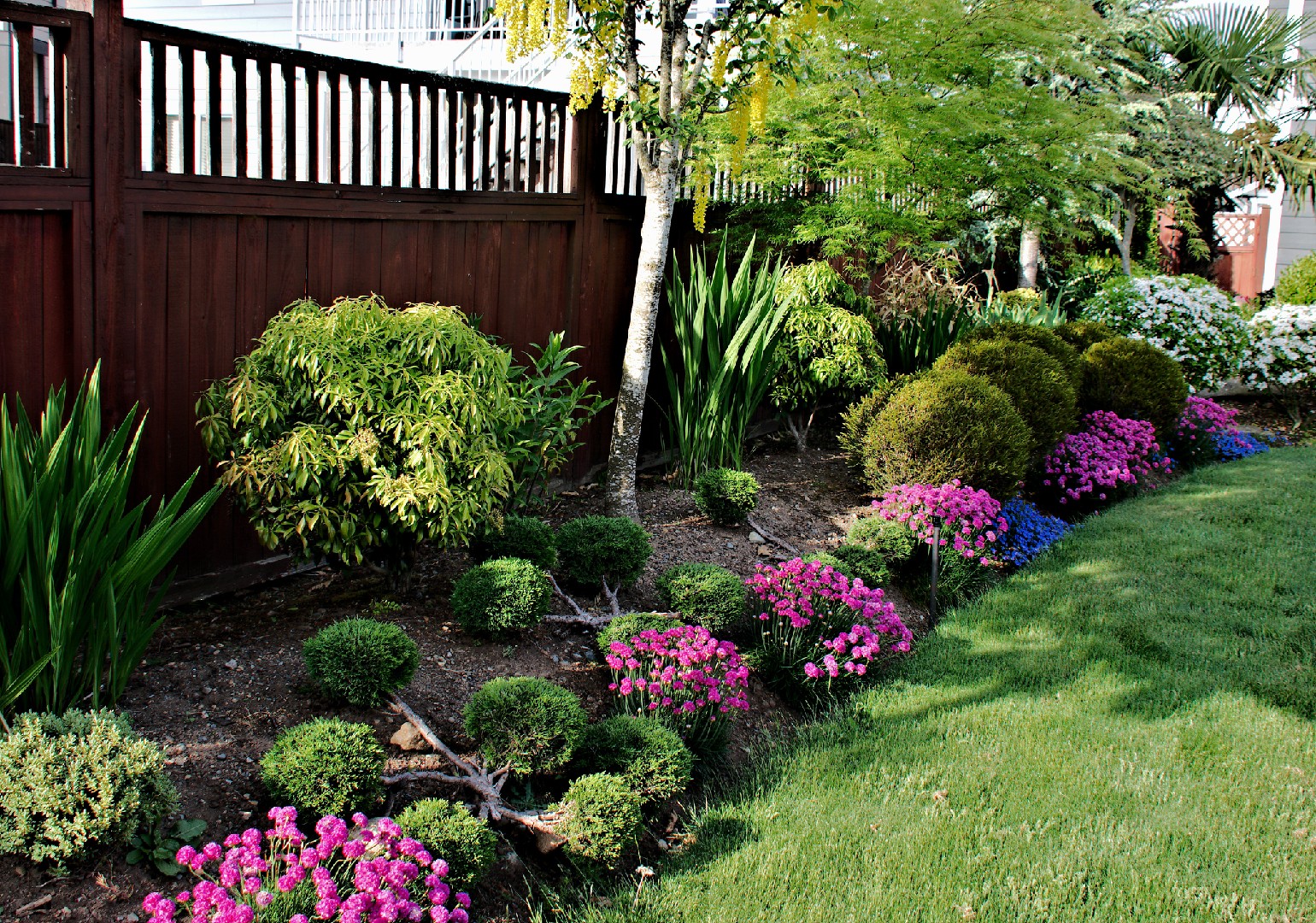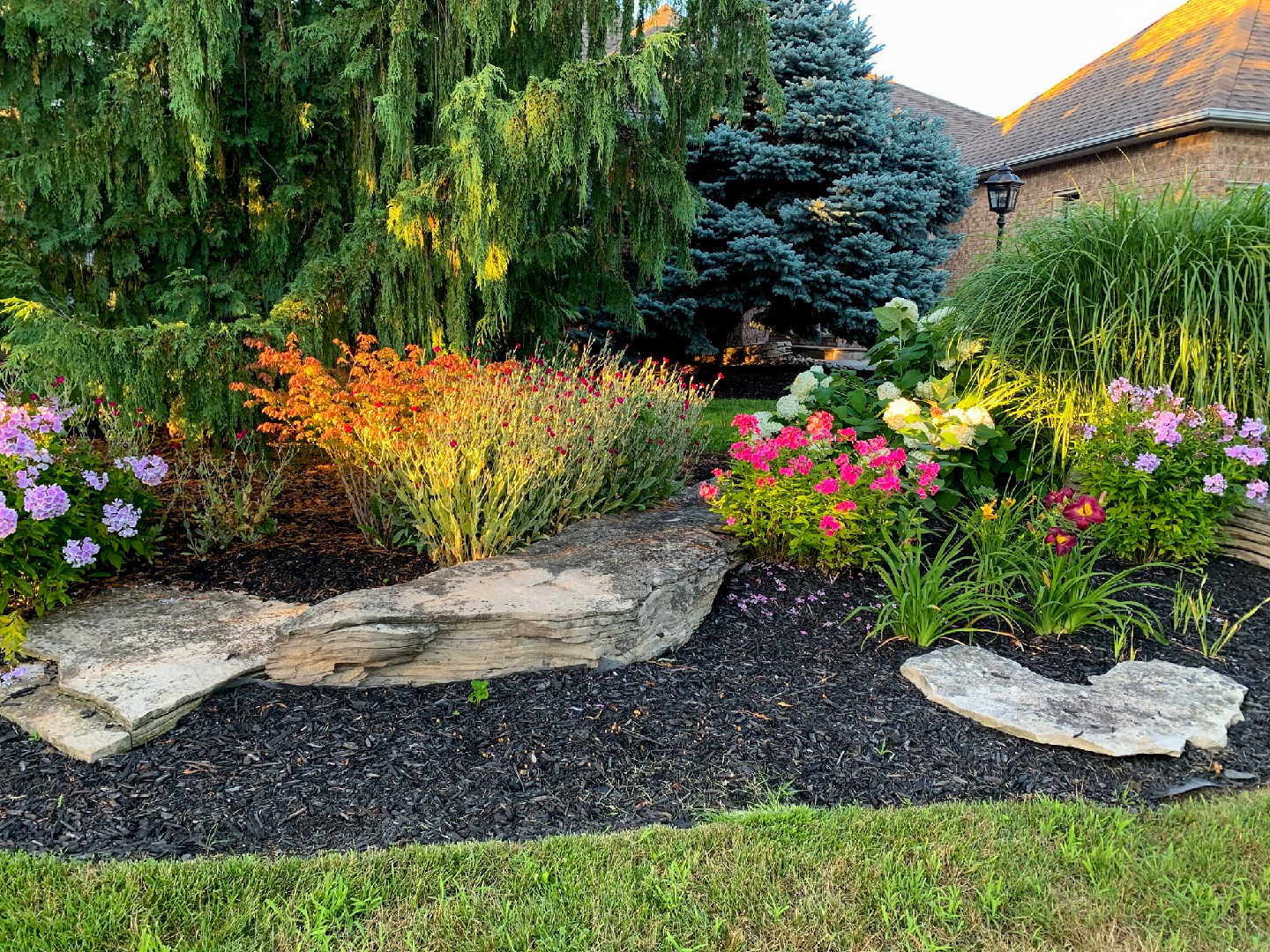![Rectangle]()
Transitions to Summer: The Burst of Life
As the cool breezes of spring fade away, the transition to summer brings forth a burst of life in your garden. It's a time when nature is at its vibrant best, with flowers blooming in full glory and foliage reaching its peak. To truly embrace the seasons and transform your garden all year round, here are some practical tips and methods to make the most of this transition to summer.
Incorporating perennials and annuals is key to ensuring a continuous bloom throughout the summer months. Perennials, with their ability to regrow year after year, provide a stable foundation for your garden. Choose a variety of perennials that bloom at different times during the summer, such as coneflowers, daylilies, and black-eyed Susans. By strategically planting perennials with varying bloom times, you can create a dynamic and ever-changing display of colors and flowers.
Annuals, on the other hand, offer an explosion of vivid colors and unique varieties. They provide an opportunity to experiment with different plants and create eye-catching focal points in your garden. Consider planting zinnias, marigolds, or petunias in containers or beds to add vibrant splashes of color. With annuals, you have the freedom to switch up the design and arrangement each year, keeping your garden fresh and exciting.
As the temperature rises, it's important to implement proper watering and mulching strategies to keep your plants healthy and thriving. Deep watering is essential to encourage deep root growth, so water your plants deeply but less frequently. Mulching helps retain soil moisture, suppress weeds, and regulate soil temperature. Organic mulches like wood chips or straw are excellent choices as they break down over time, enriching the soil with nutrients.
In addition to keeping your plants hydrated, creating shaded areas in your garden is crucial for both relaxation and visual interest. Incorporating shade structures like pergolas or arbors not only provide relief from the scorching sun but also add architectural beauty to your outdoor space. Enhance the shade by planting shade-tolerant plants like hostas or ferns, which thrive in partial to full shade conditions. These shaded areas become serene retreats where you can escape the heat and enjoy the natural beauty of your garden.
In conclusion, embracing the transition to summer in your garden is an opportunity to infuse new life and vibrancy into your outdoor space. By incorporating perennials and annuals, implementing proper watering and mulching strategies, and creating shaded areas for relaxation, you can create a garden that thrives all year round. So, embrace the burst of life that summer brings and let your garden dazzle with color and beauty.





